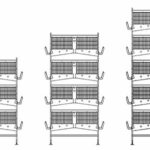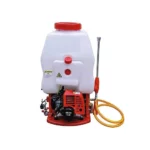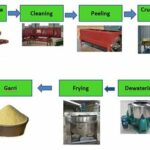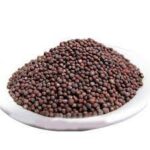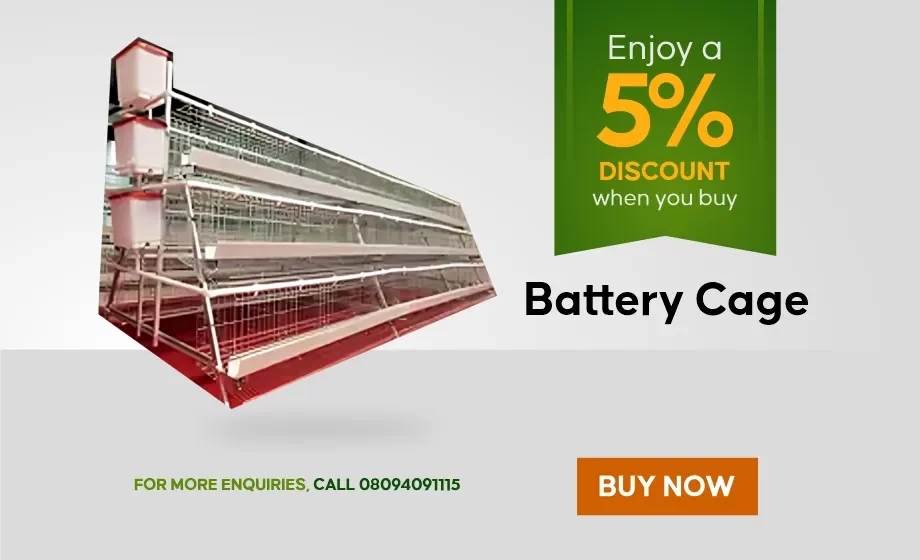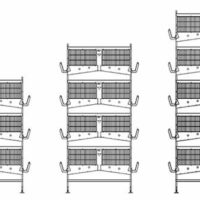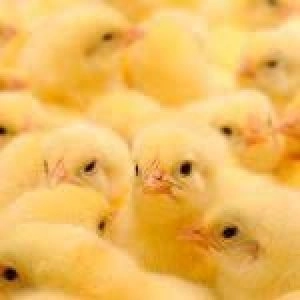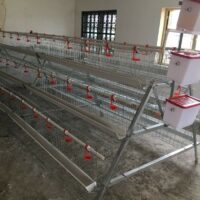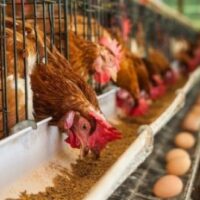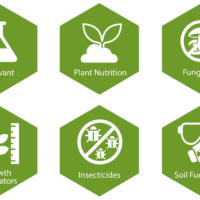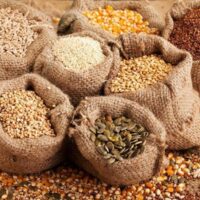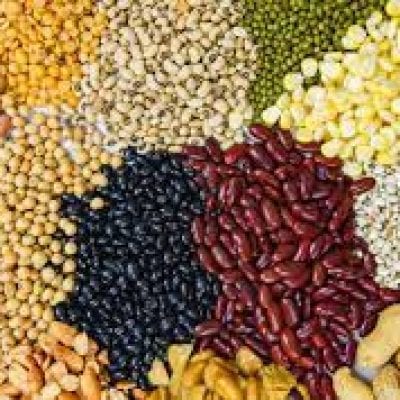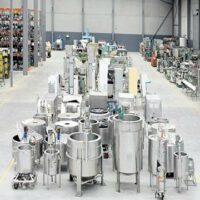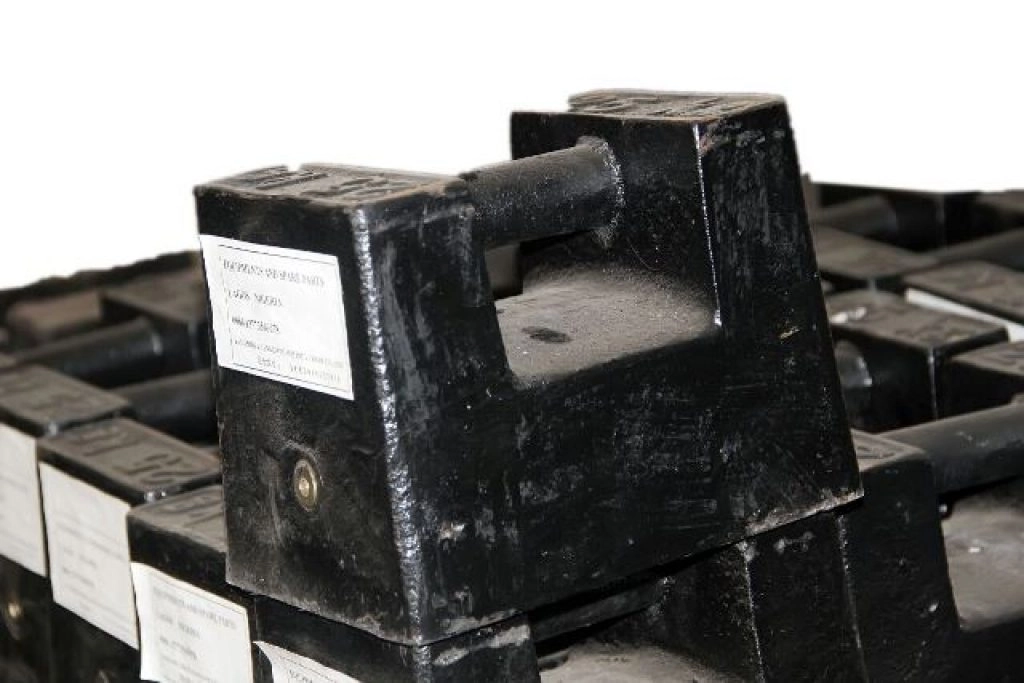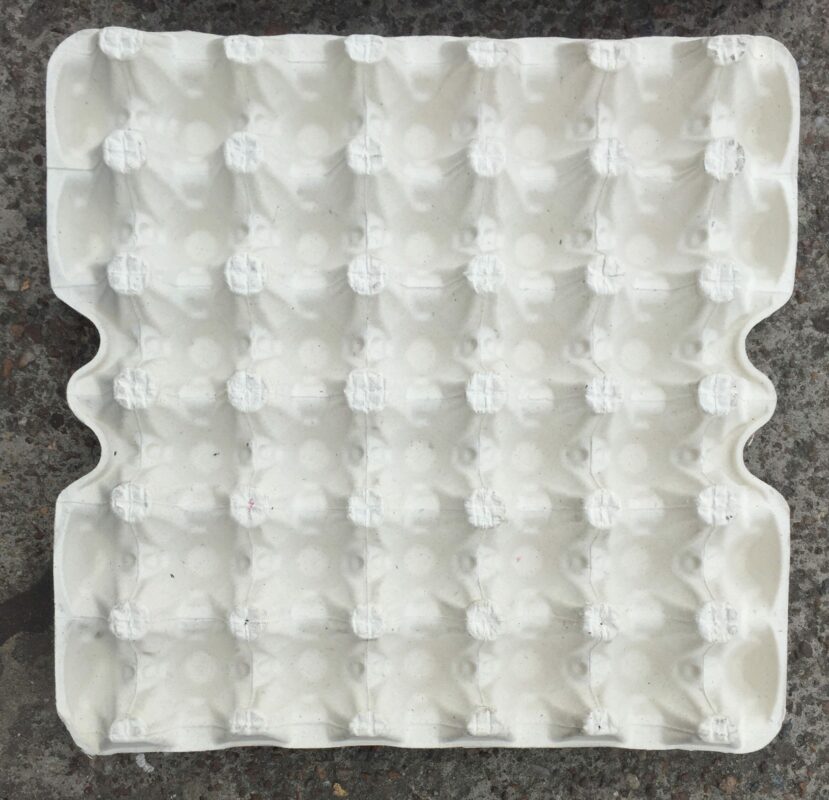Livestock
AMO Noilers (Day-Old Chicks)
₦36,000.00
Earn 36,000 Cashback Points
Rated 4.50 out of 5
AMO Noilers (Commercial Dual-Purpose Day Old Chicks)
₦36,000.00
Earn 36,000 Cashback Points
Rated 4.00 out of 5
Day Old Broilers (CHI Brand)
₦46,500.00
Earn 46,500 Cashback Points
Rated 4.40 out of 5
AMO Broilers (Commercial Arbor Acres Plus)
₦45,500.00
Earn 45,500 Cashback Points
Rated 4.25 out of 5
Day-Old ZARTECH Broilers (Cobb 500)
₦45,500.00
Earn 45,500 Cashback Points
Rated 4.38 out of 5
Commercial Day Old Broilers Ross 308 (Agrited Brand)
₦48,000.00
Earn 48,000 Cashback Points
Rated 4.27 out of 5
Agricultural Equipment
Pen Fogger | High Pressure | For Poultry
₦62,500.00 – ₦105,000.00
Rated 0 out of 5
Feed Pelleting Machine (Electric)
₦637,100.00 – ₦1,250,000.00
Rated 0 out of 5
Hammer Mill Imported|Locally Fabricated (1ton/Hr)
Rated 0 out of 5
Poultry Processing Line (Combo)
Rated 0 out of 5
Stainless Steel Scalding Machine (8-12 Birds Per Batch | Gas Burner Heat Source | 3x2x3ft)
Rated 0 out of 5
Precision Seed and Fertilizer Planter
₦149,999.99
Rated 0 out of 5
Livestock Tag Applicator.
₦22,000.00 – ₦30,000.00
Rated 0 out of 5
EasyStep56 (Battery Cage for Layers | 2 Tiers | 8 Cells | 56 Birds)
Rated 0 out of 5

Apple Shopping Event
Hurry and get discounts on all Apple devices up to 20%
0
days
00
hr
00
min
00
sc
Standardized Weights (For Balance Scales | Various Calibrations | Lock Type)
Rated 0 out of 5
₦20,000.00 – ₦72,965.00
Aquafeed Production, Economics; Health Impact on Fish Management (2020 Edition)
Rated 4.50 out of 5
₦4,200.00 – ₦5,400.00
Crop Production
Hybrid Supergene Sprouted Seeds (Oil Palm Nuts | Pack of 500)
₦130,000.00 – ₦255,000.00
Rated 5.00 out of 5
Kaveri F1 Sweet Bell Pepper | Red | 500 Seeds
₦16,500.00
Rated 0 out of 5
Dwarf Tenera Oil Palm Sprouted Seeds (Pack of 500)
₦44,999.99
Rated 0 out of 5
Hot Picks
Quality Point-of-Lay Hens (ISA Brown)
₦3,500.00
Rated 5.00 out of 5
Commercial Day Old Broilers Ross 308 (Agrited Brand)
₦48,000.00
Earn 48,000 Cashback Points
Rated 4.27 out of 5
Sunphosate 360SL (Glyphosate Herbicide | 1L)
₦6,500.00 – ₦62,500.00
Rated 0 out of 5
Nursery Bags (Grow Bags | 100 Pcs per Bundle) | 21 cm by 13.2cm | 8.27 x 5.2 inches | 210mm x 132mm
₦1,500.00
Rated 5.00 out of 5

Microsoft Accessories
Personalize your Surface Pro with Microsoft branded accessories. In the presence of many colors for every taste.



Standardized Weights (For Balance Scales | Various Calibrations | Lock Type)
Rated 0 out of 5
₦20,000.00 – ₦72,965.00
0 out of 5
EKOPAK Water Resistant Egg Crates(100 Pcs)
Rated 0 out of 5
₦8,300.00
4.88 out of 5

